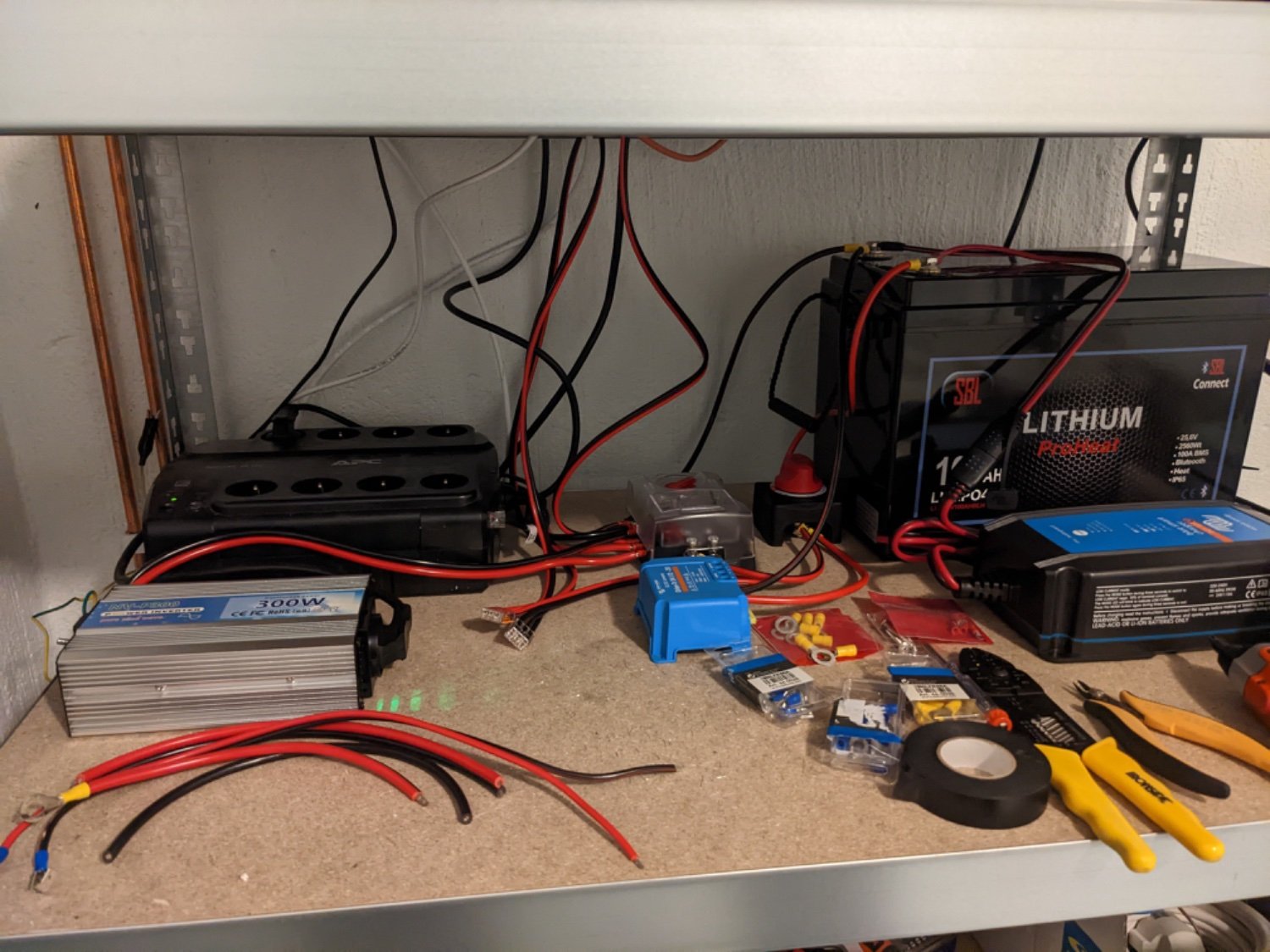Right?! I’ve just assumed the GNU/Linux nitpick to be a meme at this point. An old and tired one at that…
- 0 Posts
- 10 Comments

 7·2 years ago
7·2 years agoI’ve done this with debian in the past, you just install different DE in parallel. Works well enough, don’t remember it causing any issues. It just makes a mess of your home folder, so I don’t do it outside of testing purposes.
Thanks, I hate it!
I sure hope so . I have a new XPS 13 9315 on the way!
I’ve been running a 2019 XPS 13 on Debian without any major issues, just sleep that has high battery drain. But I think that’s a common issue.

 2·2 years ago
2·2 years agoI don’t have a good link to share, but from the research I did the difference is huge.
LiFePO4 batteries have a higher capacity, longer lifetime, safer and higher power to weight density. Many come with built in communication, like my bluetooth connection.
They are also expensive, but for my use case it’s much cheaper over time. I use about half a charge per day, which this battery should be able to sustain for 5-10 years. A lead acid battery would probably last months.

 1·2 years ago
1·2 years agoForgot to add that a big part of the setup is in the battery controller, which I built on my own. :) That was a very fun project, and now the battery is fully automatic and charging is based on hourly price and the power provided by my solar panels.

 3·2 years ago
3·2 years ago
It’s not very cleanly built, and parts of it are hidden. But this shows the main parts.
The black UPS on the left is the old one, not in use anymore.
The silver inverter on the left feed a rail in my server rack.
On the right is the battery and charger, and in the middle the fuse box and transfomer.

 3·2 years ago
3·2 years agoIt’s very homemade, but I believe it’s built like a DC net for a boat. It’s a bluetooth connected lithium battery, boat cabling and fuse boxes and Victron charger and voltage transformers.
I built it with “subnets” for different voltages. The battery is 24 V which feeds servers and a 34” monitor, then a transformer to 12 V for network gear, and several 5 V (USB) for a rack of raspberry pis. The is also a small 230 V transformer, for some gear that have built in PSU.
The largest server is fitted with a custom DC PSU I found on e-bay, others are normal external PSU where I cut the cables.

 15·2 years ago
15·2 years agoI actually built my own 2 kWh battery setup after finding available commercial UPS overpriced.
It took some work and cost me about 2000 euro, but now I run everything (including networking, servers and monitor) directly on a battery feed DC net in my house.
It’s pretty cool too have all IT equipment unaffected by a power outage.
Ha, I was thinking this is a perfect llm question so I tried. And I was right.
Great questions! Let’s break down the differences between GitHub, GitLab, and Forgejo, and address your specific queries.
Overview
GitHub:
GitLab:
Forgejo:
Detailed Differences
Software Used by GitHub
GitHub.com uses proprietary software developed by GitHub, Inc. The exact details of their software stack are not publicly available, but it is known to be highly customized and optimized for their scale.
Pros and Cons
GitHub:
GitLab:
Forgejo:
Self-Hosting
GitHub:
GitLab:
Forgejo:
Preferences
Conclusion
Each platform has its strengths and is suited to different use cases. GitHub is great for visibility and collaboration, GitLab excels in DevOps and CI/CD, and Forgejo is perfect for lightweight, self-hosted Git management. Your choice will depend on your specific needs, whether it’s community size, feature set, or the ability to self-host.